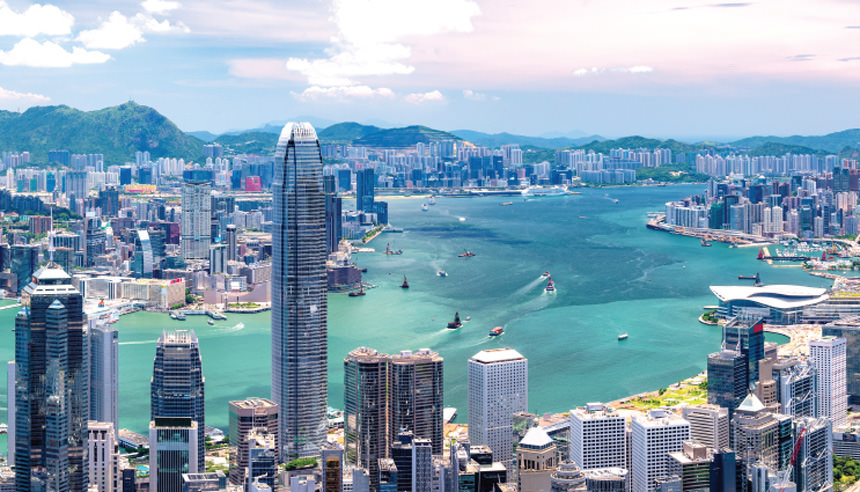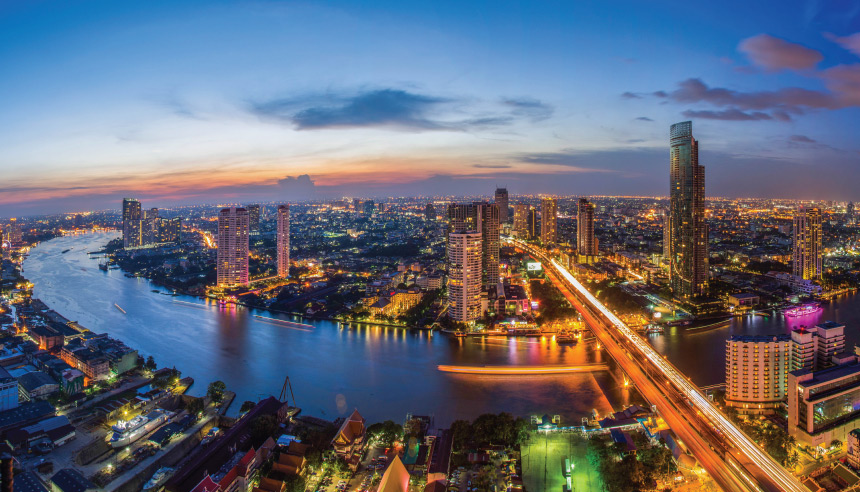Da Nang
Cheap flights and information
Located half way between Ho Chi Minh and Hanoi on Vietnam’s beautiful east coast, Da Nang is Vietnam’s third largest city and gateway to the country’s tropical Central Region. In the past two decades Da Nang has seen considerable investment in local infrastructure, hotels and resorts. The city’s new airport is one of the country’s most modern, having opened in 2014. The history of Da Nang and central Vietnam extends back thousands of years, from the time of the great Hindu Champa Dynasty. Temple ruins and various archaeological sites from the ancient Cham city of Singhapura reveal the importance the region played in Vietnam’s culture, while the nearby imperial cities of Hue and Hoi An offer picturesque settings with ornate gates, palaces and temples. Centuries later, European pursuits brought with it French influences most notably in architecture and food. Today there are many fascinating buildings that feature a decidedly Parisian flair.
Cheap flights: HK Express currently operates flights from Da Nang International Airport (DAD) and many other popular cities in Asia to Hong Kong International Airport (HKG). Please use our search feature above to find the cheapest flights for your date of travel!
- Da Nang is a relatively small city divided into four areas: Hai Chau District, Son Tra District, Ngu Hanh Son District and My Khe Beach. Son Tra District is located near the ocean and a luxury resort area. Situated along the long coastline of South China Sea, you could find a wide range of beachside resorts and hotels in Ngu Hanh Son District. The famous marble mountains are also located in this district.
- My Khe Beach has a 10 km long coastline, locating across both Son Tra and Ngu Hanh Son districts. This is the best place to stay if you want a beach and sunshine holiday.
Da Nang Museum of Cham Sculpture
Founded by French archaeologists and opened in 1919, Cham Museum houses a collection of over 60 sandstone sculptures from the ancient Cham civilisation. These historic works date from the 8th to the 12th centuries and are made mostly from sandstone, terra cotta and bronze. The pieces on display represent Gods, holy animals and architectural decorations from Cham temples.
My Son
A cluster of abandoned and partially ruined Hindu temples, My Son was constructed between the 4th and 14th century by the Champa kings. The Champa’s ruled Central Vietnam from c200AD until c1700AD before being over thrown in the 19th century. During the Vietnam War in the 1960s, an act of Congress prohibited the bombing of My Son in hopes that the site could be preserved for future generations. It is now a UNESCO protected site.
Imperial City of Hue
A short drive north of Da Nang, the Imperial City of Hue with its protective mote, fortress like walls, and imposing gates are reminiscent of the architectural grace and harmony associated with Asian cultures. As the palace where the last Vietnamese ruler reigned, the palace and grounds have great historic significance. A UNESCO World Heritage Site, the Imperial City consists of inner courts, peaceful temples and gardens.
Da Nang is spread over a wide area, and while it’s a city easy to navigate, it’s not always possible to get places on foot due to the distance. The most common method of transport around the city is by taxi. Metered taxis can be hailed and are generally low in price. If flying into Da Nang, the taxi ride from the airport to the city takes about 15 minutes. Bicycles are both a cost-effective and fun way to get around the city. Bach Dang Road is the main north/south road situated along the Han River. Many of the hotels, restaurants and shops are located here and the beach is just a short ride away. Train travel to Hue, Nha Trang and other regional cities is available from Da Nang’s Haiphong Station. It is both an economical and picturesque way to see the country.
Visitors to Da Nang will find a wide range of hotels and resorts available in all price ranges. Small hotels in the city centre on both sides of the river provide economical accommodation, while high-rise hotels and resorts near the beach offer a range of upscale amenities and beach activities. Whatever price range you choose, finding a hotel near the beach should be an easy task. Da Nang also caters to youth and student travellers with several popular hostels in the city.
How is Da Nang’s weather? Scorching heat and high humidity during hot season from May to September. Enjoy sunny skies on the beach in Da Nang. During September to March, there could be high levels of rainfall, so remember to bring an umbrella with you if you are traveling to Da Nang at this time of the year. Visit Best Time to Visit Da Nang page for details.
Currency
Vietnamese Dong (VND)
Electricity
220V 50Hz
Language
Vietnamese, English
Timezone
UTC+7
Tel code
+84
Hong Kong to Da Nang’s Flight Time:
About 1 hour and 55 minutes


